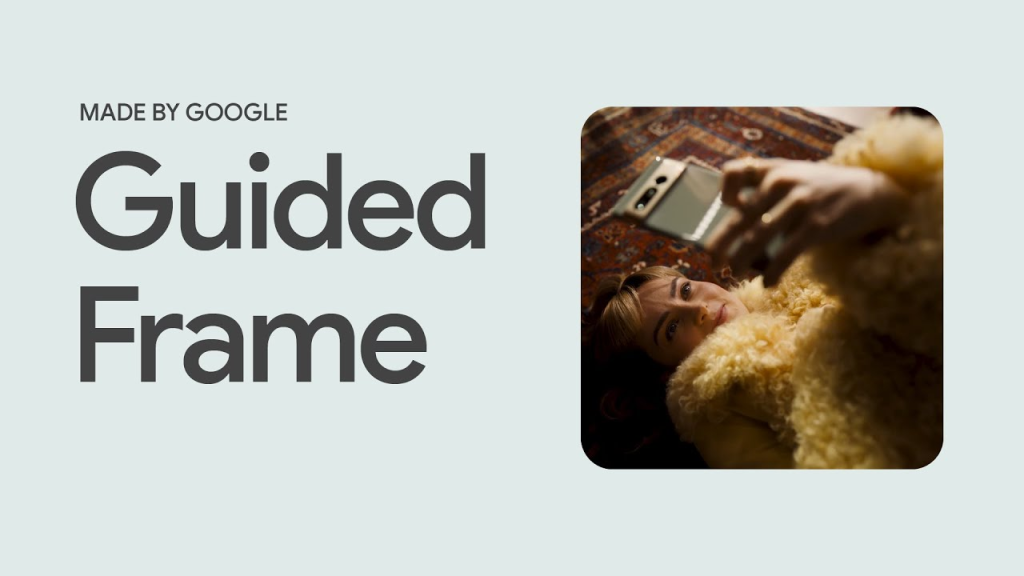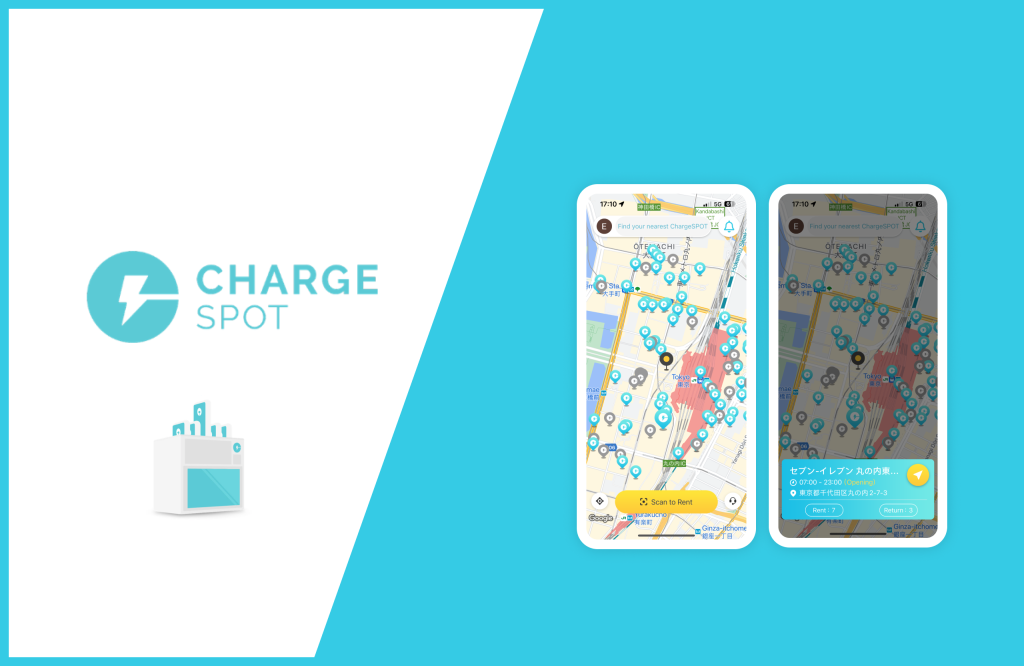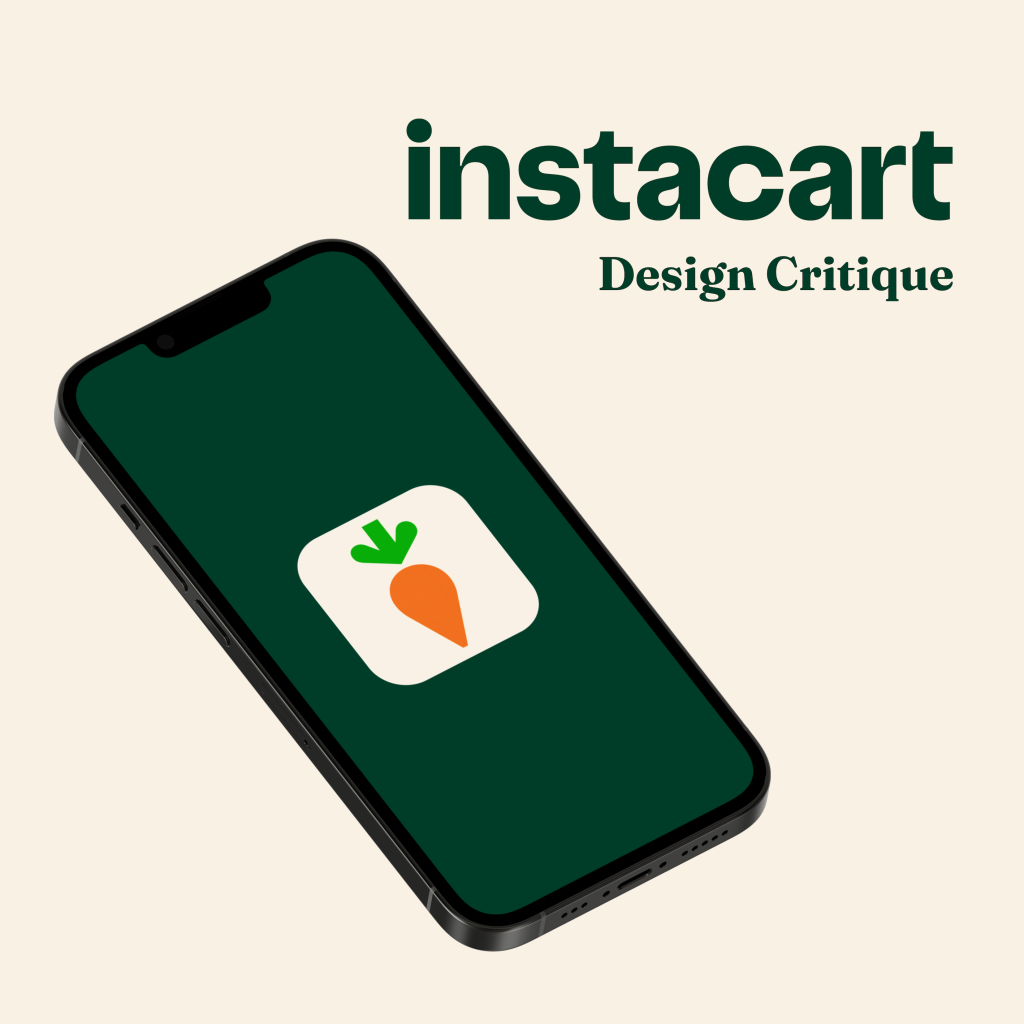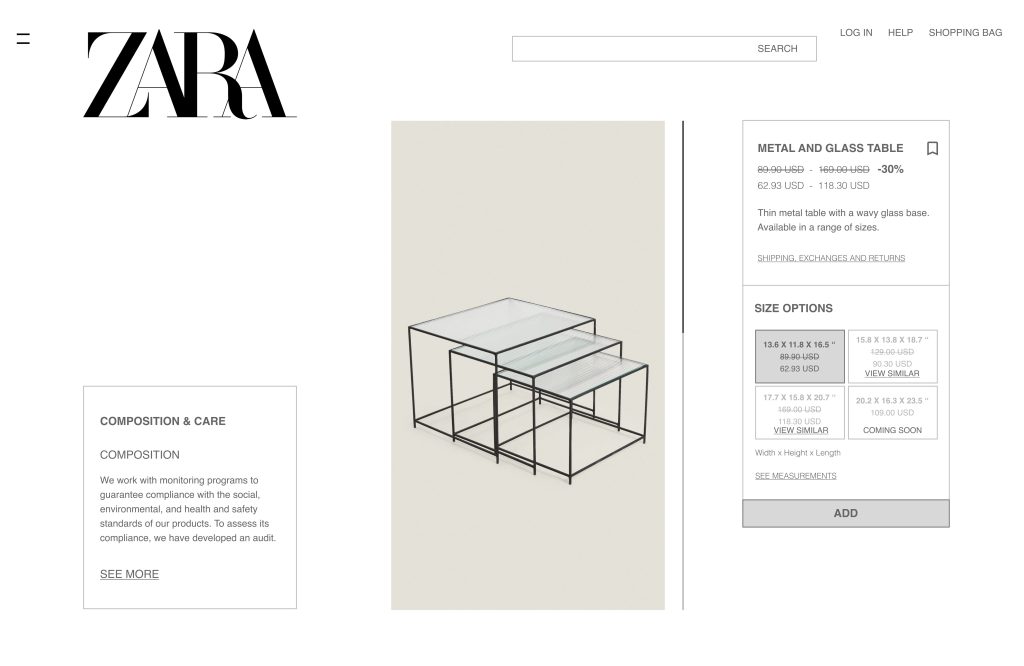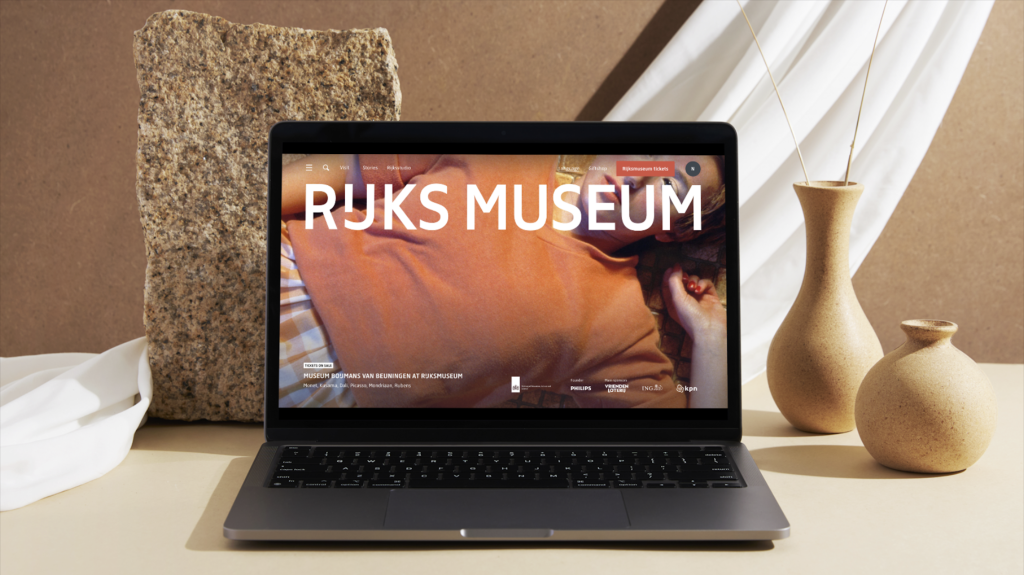Assistive Technology: Guided Frame (Google Pixel)
In the ever-evolving world of smartphone technology, Google’s commitment to accessibility takes a giant leap forward with the introduction of Guided Frame. This innovative feature, part of the Pixel 7 series, demonstrates Google’s dedication to creating an inclusive camera experience, particularly for individuals with visual impairments. In this blog post, we’ll explore how Guided Frame, a harmonious blend of hardware and software, is revolutionizing the way blind or low-vision individuals capture the perfect picture.
